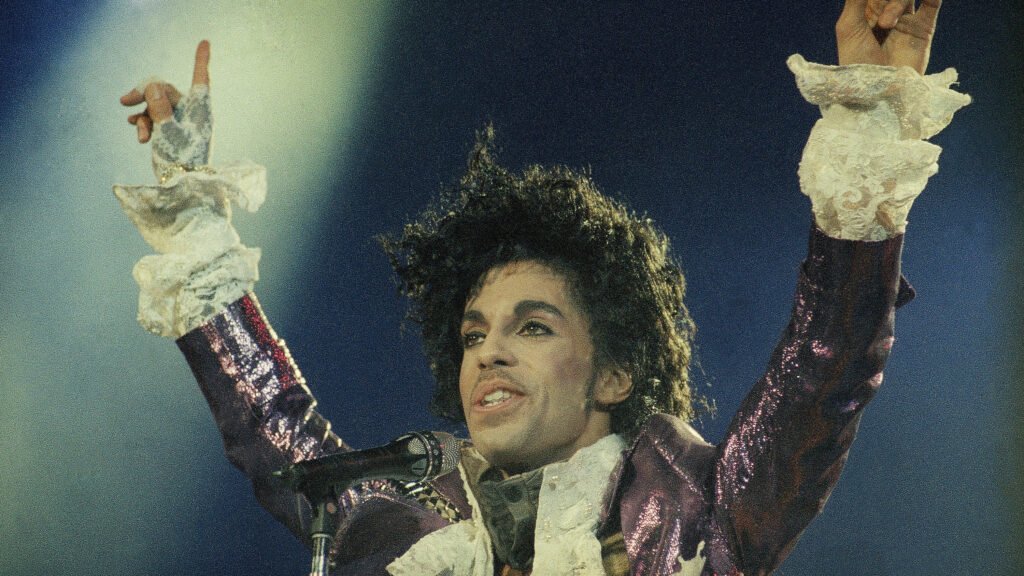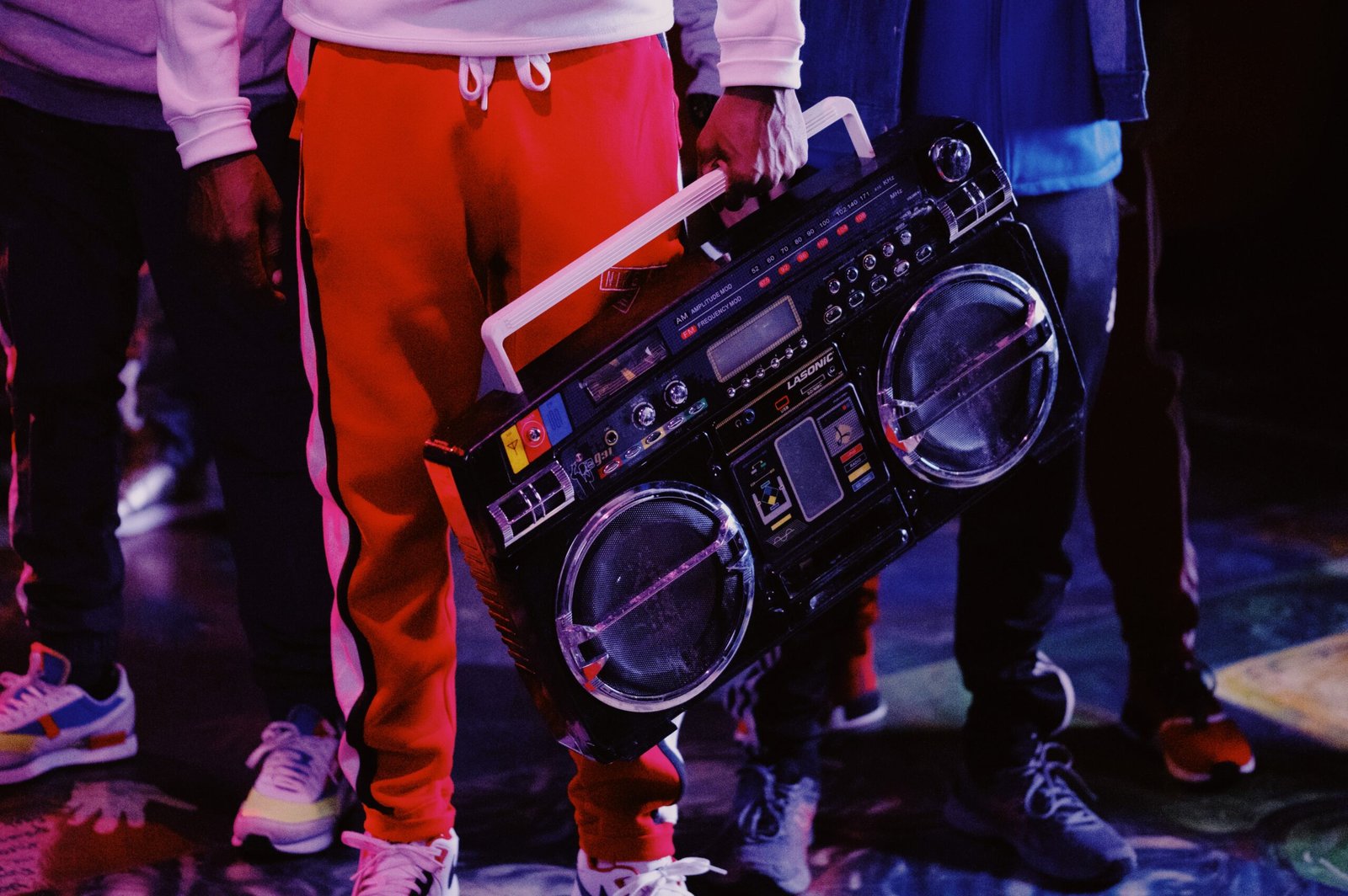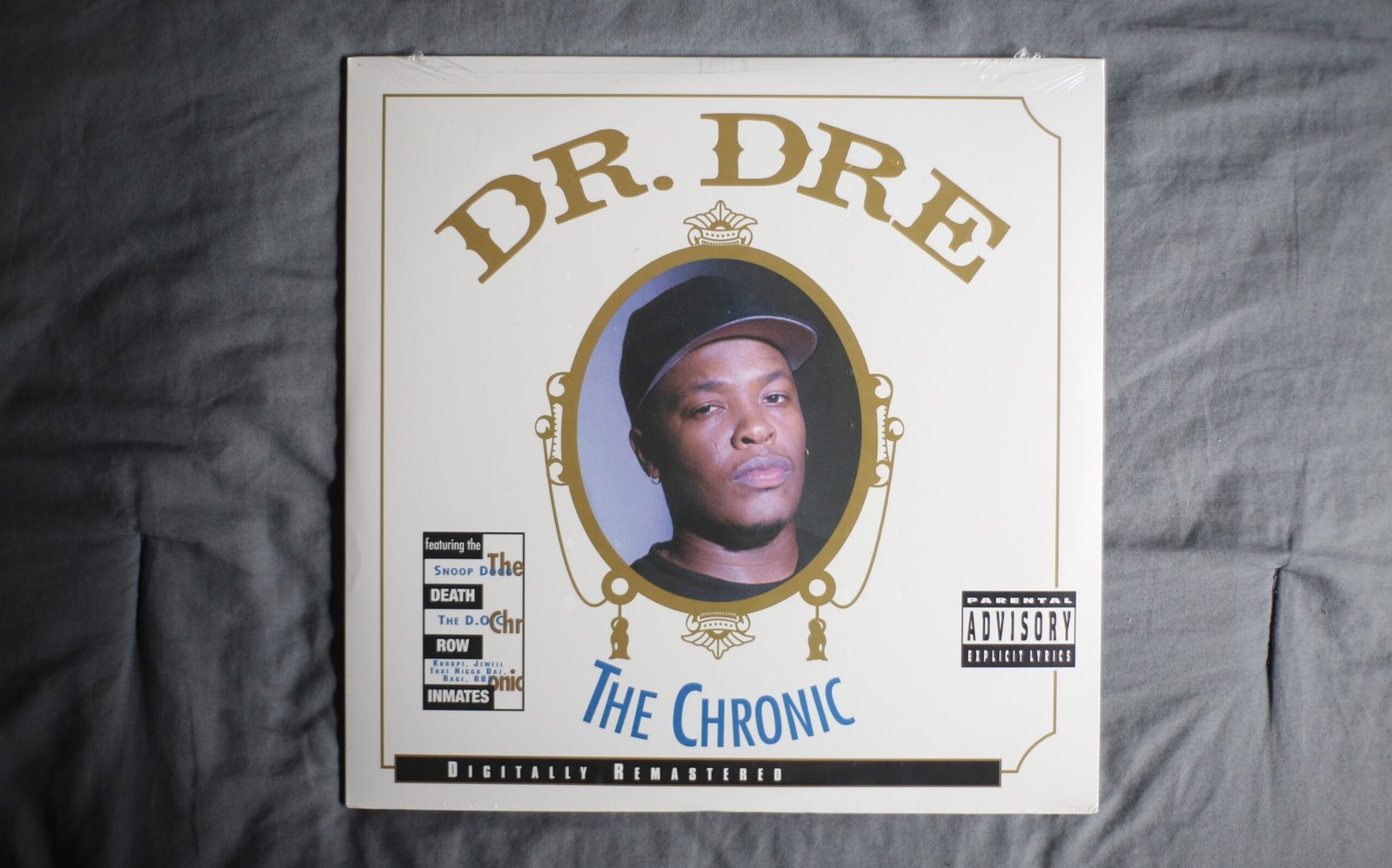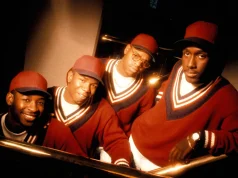The 1980s weren’t merely about leg warmers, Atari video games, and shoulder pads: they also set the stage for the meteoric rise of the enigmatic music genius, Prince Rogers Nelson – known ubiquitously as Prince. This American singer-songwriter, multi-instrumentalist, and record producer would step onto the music scene with a uniqueness that soon had critics and fans alike marveling in awe. From his initial foray into the music industry to his establishment as a pop culture deity, Prince was a vanguard, inspiring countless musicians while carving a unique niche that only he could occupy. With a kaleidoscope of hit singles, influential music videos, and game-changing albums, Prince graced the ’80s with an electrifying idiosyncrasy that radiates even in the backdrop of the current musical landscape.
Prince’s Initial Success in the Music Industry
Emergence of A New Star: Prince
Prince Rogers Nelson, known simply as Prince, was a multi-talented musician who made his debut in the late 1970s. But it wasn’t until the 1980s that he truly became a music industry icon. His groundbreaking sophomore album, released in 1979, “Prince,” went platinum due to the massive success of the sexy disco single “I Wanna Be Your Lover.”
Innovative and Unconventional Approach
Prince’s initial success in the industry is closely linked to his unique and unconventional approach to music. He defied societal norms and often blended different music styles in a way that had never been done before. His lyrics were somewhat controversial and got people noticing him. He was a trendsetter in terms of merging identity, sexuality, and freedom with his music. Moreover, his use of high-pitched vocals combined with his exceptional guitar-playing skills set him apart from other musical acts.
In 1982, his album “1999” featured groundbreaking hits like “Little Red Corvette” and “Delirious” besides its title track. The album brought Prince’s increasing fascination with synthesizers and electronic music into the limelight.
Commercial Breakthrough: “Purple Rain”
Prince’s breakthrough came in 1984, when he starred in and scored the semi-autobiographical rock movie, “Purple Rain.” The soundtrack, filled with catchy, synth-heavy tracks, was as unique and trailblazing as the artist himself. It bolstered his status as an icon in the music industry, notably with hits like “When Doves Cry” and “Let’s Go Crazy” that topped the charts.
“Purple Rain,” both the movie and the album, catapulted Prince into the heart of pop culture. The album won two Grammy Awards, and the title track won an Academy Award for Best Original Song Score. In 1984 alone, it sold over 10 million copies, spending 24 consecutive weeks at number one on the Billboard 200 chart.
Surging to Stardom: Prince’s Rise in the Mid-80s
Once the digital sound of “Purple Rain” had resonated across the globe, the man christened Prince refused to rest on his laurels. In 1985, his album ‘Around the World in a Day’ infused the world with the psychedelic rhythm of “Raspberry Beret”. Building on that momentum, his 1986 album ‘Parade,’ which pressed into service as the soundtrack for his second film “Under the Cherry Moon,” gave us the timeless tune “Kiss”.
Prince’s unparallelled ability to bring together diverse musical genres, coupled with his innate talent for pushing the envelope, contributed enormously to his soaring fame in the 80s. His embodiment of the counter-culture in the 80s reconfigured the music industry, playing a crucial role in shaping the contemporary soundscapes of pop, dance, and R&B music. His trailblazing spirit allowed him to blur the lines between traditionally distinct sounds, crafting a style that was unmistakably his.
Prince’s Mainstream Success in the 80s
Breakthrough Moments: The Launchpad of “Controversy” and “1999” Albums
Prince’s meteoric ascent into mainstream consciousness found its initial thrust in the disco-toned beats of his 1981 album “Controversy.” However, it was the 1982 double album “1999” that truly propelled him into the stratosphere of stardom. The album was steeped in synthesizer melodies, an element that would later crystallize into the signature sound of 80s pop music. The title track, “1999,” rocked the international charts while the rest of the album served up an addictive blend of synthesized funk, pop, rock, and new wave elements. This infectious mix elevated Prince from enigma to pop sensation, setting the tempo for the music trends of the era.
“Purple Rain”: A Cultural Phenomenon
Prince reached the pinnacle of his career with “Purple Rain” (1984), a film soundtrack and album which clinched his superstar status. The project was aesthetically daring, an amalgamation of musical styles that blurred genre lines. The album consisted of various hits, including “When Doves Cry”, “Let’s Go Crazy”, and “Purple Rain”. The album sold over 20 million copies worldwide and topped the Billboard charts for an impressive 24 weeks. The associated film, with Prince in the lead role, was a box-office hit and won an Academy Award for Best Original Song Score.
An Evolving Image and Sound
The mid-’80s was a period of dramatic evolution for Prince. His image became even more flamboyant, with ruffled shirts, purple suits, and his signature love symbol adding to his allure. He began to incorporate a wider range of instruments into his music, and his lyrics became simultaneously more introspective and more audacious. The “Around the World in a Day” (1985) and “Parade” (1986) albums displayed a broader range of musical influences, from psychedelia to jazz.
The Rise in Prominence: “Sign o’ the Times”
Prince reached astounding heights of fame in the late ’80s, with his 1987 release “Sign o’ the Times” often considered his greatest work. His masterful blend of an array of musical genres – from funk and soul to pop, demonstrated his unique style. A favorite of critics and commercially successful, the album, with standout songs like the end-times focused title track and “U Got the Look,” cemented Prince’s ability to influence pop culture. By the end of the decade, he had risen from being a chart-topping artist to becoming a visionary and influential force in the music realm.
Impact and Legacy of Prince’s Music in the 80s
An Era of Revolution and Iconic Purple Rain
The ascent of Prince during the ’80s ignited a revolution within the music industry. It was during 1984 when Prince gained global recognition with his seminal album “Purple Rain.” His distinctive sound, vivid image, and unwavering commitment to his craft played a role in his skyrocketing status. His experimental fusion of soulful R&B, funk, rock, pop, and his development of the ‘Minneapolis Sound’ continues to inspire a wide range of musicians across different styles and generations.
Influences and Legacy
Prince’s impact reached far beyond his chart-busting singles and album sales. His music, lyrics, and outlandish style redefined the boundaries of pop, race, gender, and sexuality in popular culture. Prince’s fearless individuality and magnetic personality provided an expansive platform for artists after him to express their creativity and experimentation, reverberating in the work of artists like D’Angelo, Justin Timberlake, and Lenny Kravitz.
Apart from his music and persona, Prince was also known for his instrumental mastery. His exceptional talent for playing multiple instruments on albums gave many musicians the courage to explore multiple facets of their artistry. The likes of multi-instrumentalist H.E.R., pop icon Lady Gaga, and rapper/songwriter Anderson Paak were heavily influenced by Prince’s talents.
Contribution to Pop Culture
The 80s was a pivotal decade for pop culture, and Prince was at the helm of it. His seminal album, Purple Rain, along with its subsequent film, embedded himself and his music into the fabric of pop culture. From David Bowie to Madonna, artists started to embrace androgyny, pushing the boundaries of their images all thanks to Prince pushing the envelope first.
The hit song “1999”, released in 1982, not only propelled him into the mainstream but also encapsulated the zeitgeist of the era. The song’s apocalyptic lyrics reflected the Cold War fears, while its upbeat rhythm became an anthem for a generation seeking to break free and live life with abandon.
Prince’s Music Today
Today, Prince’s music continues to resonate. His philosophical lyrics and groundbreaking melodies are still being appreciated by new generations, as seen in the continuous digital streaming and record sales of his music. His influence on current music trends remains undoubted. Contemporary artists like The Weeknd and Janelle Monáe often cite Prince’s work as primary influences. His indomitable spirit, both as a musician and as a cultural phenomenon, continues to be cherished and celebrated.
Prince and Activism
Lastly, it’s essential to mention Prince’s contribution to artist empowerment and activism. A vocal critic of exploitative practices in the music industry, he championed artist’s rights over their own art, including owning their master recordings, paving the way for future musicians to have a say over their music. Outspoken about societal and racial issues, Prince was also unafraid to use his music as a medium for activism, making tracks like “Sign ‘O’ the Times” and “Ronnie, Talk to Russia” potent reminders of his commitment to societal change. His mold-breaking persona and ability to stand up for what he believed in further bolsters the legacy and influence of Prince.
Evident in his enduring influence posthumously, the contribution of Prince to the music industry and popular culture in general in the 80s is immeasurable. Not just a music icon, Prince emerged as a symbol for creativity, individualism, and musical versatility – his musical style remains as distinctive as his flamboyant persona. Prince’s innovative fusion of diverse music genres paved the way for, and continues to inspire, the eclectic soundscapes found in contemporary music. He etched his mark so deeply into the fabric of music and pop culture that even decades later, his impact is still palpable. Indeed, Prince was more than just an artist of the ’80s – he was a boundary-pushing visionary whose legacy continues to shape and inspire the world of music.














